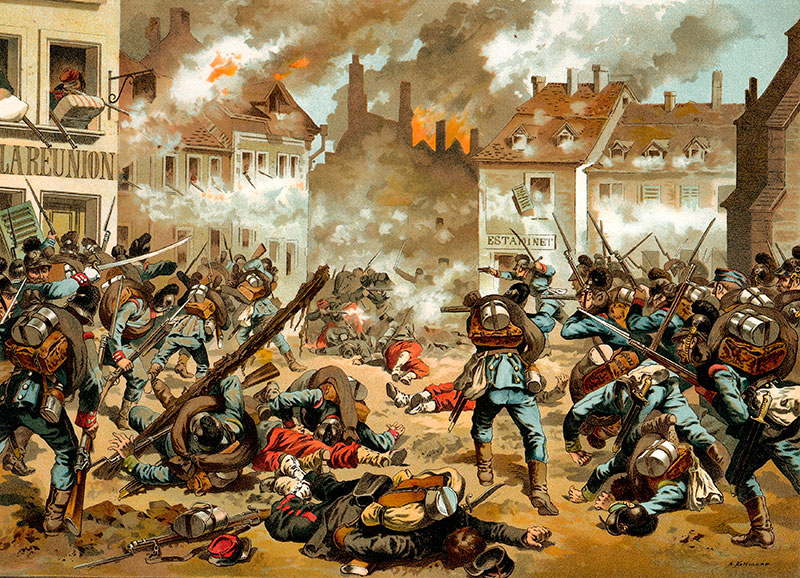The year was 1870. By this time Prussia had consolidated its place as one of the great powers of Europe. Defeating Austria and Denmark had increased its influence over the German confederation. There is only one rival left to defeat for Prussia to solidify the kingdom as a main political power on the continent. France stood in its way, with its foreign policy and colonial ambitions. For Prussia defeating the French would play a significant role and would mark their clash at Sedan as one of the biggest humiliations for France.
Prelude
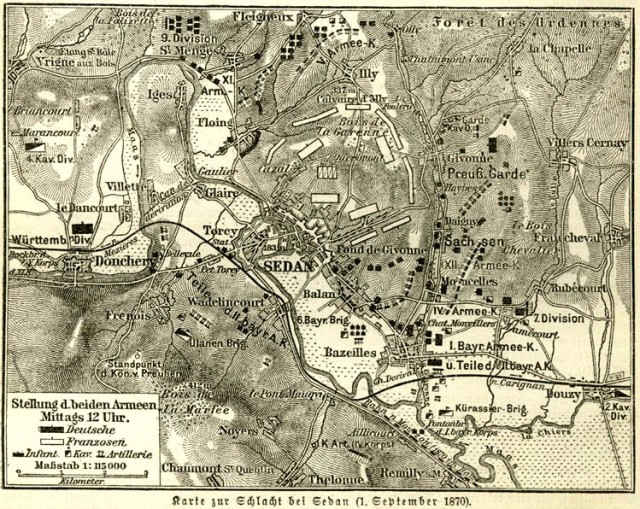
Prussia knew they would have to deal with France sooner or later and in the late 19th century the moment finally came. The political and military situation was ideal for an offensive against the French. All of the most powerful countries at that time were busy with their own plans.
Austria had to manage its internal affairs. The English had their eyes on the east and dealing with the colonization of the Indian subcontinent and carefully watched the Russian. While the latter dealt with the consequences of the Crimean war and their expansion in Central Asia. In other words, no one paid attention to the Prussians.
The Prussian army allied with the Bavarians invaded the French lands. Their force was of 200,000 strong and 774 cannons. The French suffer one defeat after another and are pushed deeper into their own lands by the allied force. Their biggest army of 150,000 men, is besieged at Metz and thus unable to conduct a counter-offensive and push back the invaders.
Napoleon III and Marshal MacMahon were left with the choice to gather another army to fight off the Prussian alliance. They mustered a force of 120,000 men and 564 cannons. The Army of Chalons was supposed to lift the siege around the main force at Metz – the Army of Rhine. They were bound to reunite the two armies and route the Prussian force, cutting it off.
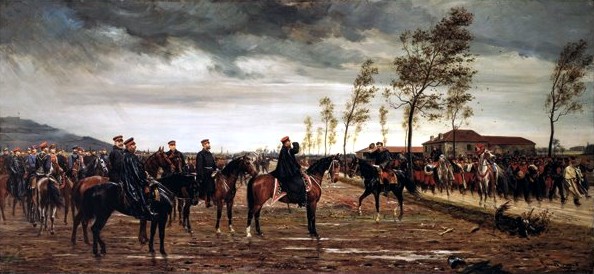
Napoleon III, however, was concerned that the tactic would lead to too many casualties. Therefore, he decided to outmaneuver the main German contingent and avoid any clash with it. The French general marched to the Belgian borders in order to do so, which played against him. The new army was weakened and exhausted from the series of accelerated marches. This exact maneuvers of the French gave the Prussians the time to develop and improve their plans in order to deal with that new imperial army.
Count Moltke, who was in command of the siege of Metz, left two of the armies to continue the siege. He left with the third part of it and together with the Maas army he began employing his newly developed tactics. They were to surround the exhausted Napoleonic force, cut it off and defeat it.
At the end of August, the French suffered a heavy defeat, losing up to 5000 men in the fight and around 40 cannons. After that clash, Napoleon chose to retreat to Sedan. The French commander hoped he could regroup and better position himself for a successful defense. Nevertheless, the French were not given the chance to even begin to act according to the plan. Moltke besieged their position in Sedan on the very next day, the 1st of September.
Battle of Sedan – September 1st, 1870
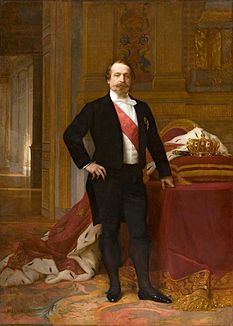
The battle started when the French attempted to break through the Prussian lines. Unfortunately for them, the position they chose to lead the charge was the very spot the Germans picked to lead their own. The city of La Moncelle was the hot point where both sides would try their tactics.
Goerge of Saxony was headed in that direction together with the Bavarian force of Tan.
Bazeilles
It was 0400 on the 1st of September, 1870. The French were about to suffer a devastating defeat. The Bavarians attacked, yet met a fierce resistance from the French force barricaded at Bazeilles. Four hours later the reinforcements of the VIII Prussian Infantry division arrived, and, at 0900, they attack the French defenders.
La Moncelle
Two hours after the battle had started at Bazeilles, Prussian force was sent to unite with the Bavarians and aid their attack of La Moncelle. Here again, they would meet the strong resistance from the fortified French force. Just as the French under Ducrot manage to fight off the Bavarians and break their siege, Basey fell. Fresh Prussian division is sent to help the Saxons and Bavarians. A second charge pushed the French back.
At noon, heavy artillery fire forced the French to leave their position and go deeper in Sedan. As a result, the French force was completely surrounded and even the cavalry charge at Floing could not break through.
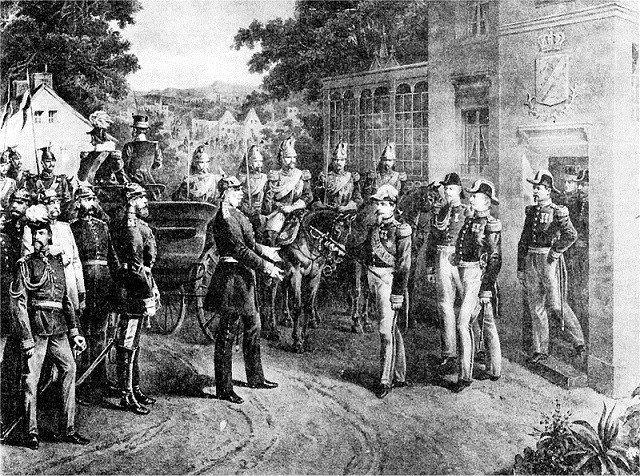
As the midday sun was already beginning to set, Napoleon III began to understand there was no chance of victory. The French lost roughly double the number that that attackers lost. The next day, the white flag was raised and the French army surrendered to the Kaiser and Moltke.
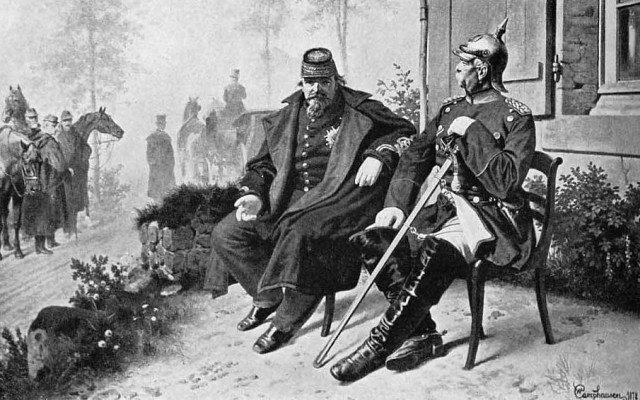
Conclusion
Possibly the very evasive tactics of Napoleon, in the beginning, were what predetermined the future of the Second French Empire. Forcing his men to march and further exhausting them just to avoid the Bavarians played a huge role. Their general’s success in correctly guessing the tactics the French commander would use proved to be crucial. While he was busy trying to outmaneuver them, the Prussian-Bavarian alliance used his movements against him and brilliantly won the war.
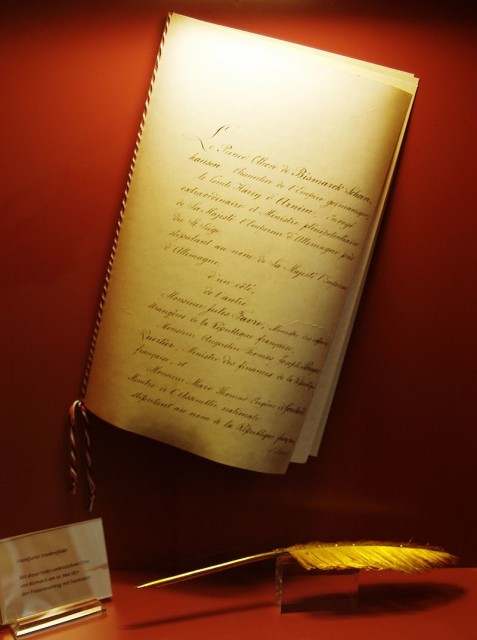
Napoleon III was captured, the French army routed. This battle truly decided the outcome of the war. The Second French Empire went into a decline. The provincial government was unable to make any decisive resistance for a period of five long months. These events sealed the fate of the Second French Empire, and the Battle of Sedan was a key factor in the slow build-up to WWI.
Bibliography
- Wawro, G. (2003). The Franco-Prussian War: The German Conquest of France in 1870–1871. Cambridge: Cambridge University Press.
- Lowe, W. J. The Nest in the Altar or Reminiscences of the Franco-Prussian War of 1870
